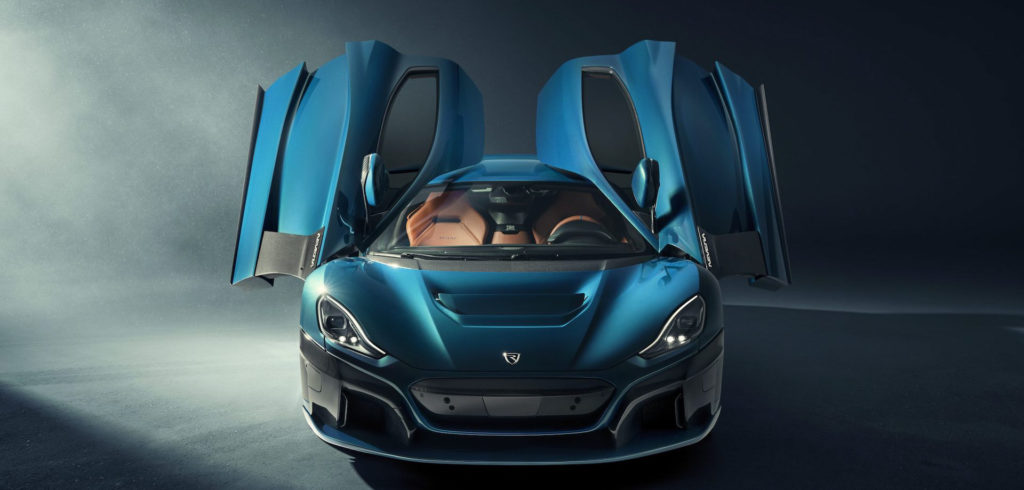Rimac Automobili takes the hypercar market by storm with the arrival of the uber-sexy Nevera.
There’s no doubt that this is the age of the electric supercar. Boutique marques right through the major players of the automotive world have embraced the technological leaps that the electric car market has seen to create earth-friendly road-ready rides that will exhilarate the senses. Ranging from game-changing spiders to sleek coupe concepts that thrust the future into the now, it’s an exciting time to slip behind the wheel of an all-electric hypercar, and the newest creation of Rimac Automobili takes things to whole new levels.
READ: All You Need to Know About Dogecoin
Named for the storms that race the length of the Mediterranean, and developed from the Rimac C_Two, the Rimac Nevera has been designed, engineered and built in Croatia for global use and delivers an eye-watering 1,914hp and the ability to reach 100km/hr in just 1.85 seconds. I think we now have your attention.
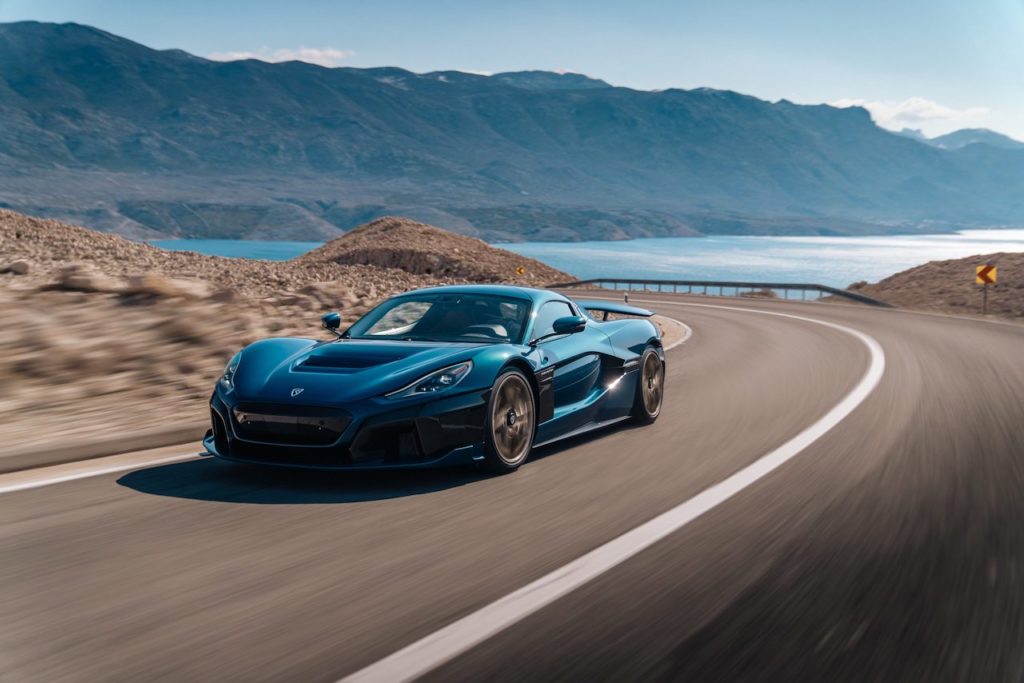
With a top speed of 412km/hr, this is no Sunday drive and the price tag of €2 million and limited production run of 150 units will ensure the Nevera only ends up in the garages of a lucky few, but the technology behind the new green hypercar offers a tantilising taste of what’s ahead.
READ: We Check Out Hong Kong’s Newest Izakaya Hideaway
The Nevera is the production-ready iteration of the Rimac C_Two concept car first revealed in 2018. Since then, Rimac’s engineers have refined their new flagship on every level during an extensive development program, in the pursuit of the ultimate electric hypercar driving experience. With the majority of key components of the Nevera developed in-house at Rimac’s Zagreb HQ, all systems have been improved and enhanced since the initial prototypes to deliver some very impressive performance stats.
The key to the Nevera’s performance is its batteries, which is at the core of the Rimac production philosophy. In fact, the company develops high-performance electric drivetrain and battery systems for many of the world’s largest automotive manufacturers, including Aston Martin, Porsche, Pininfarina, and Koenigsegg.
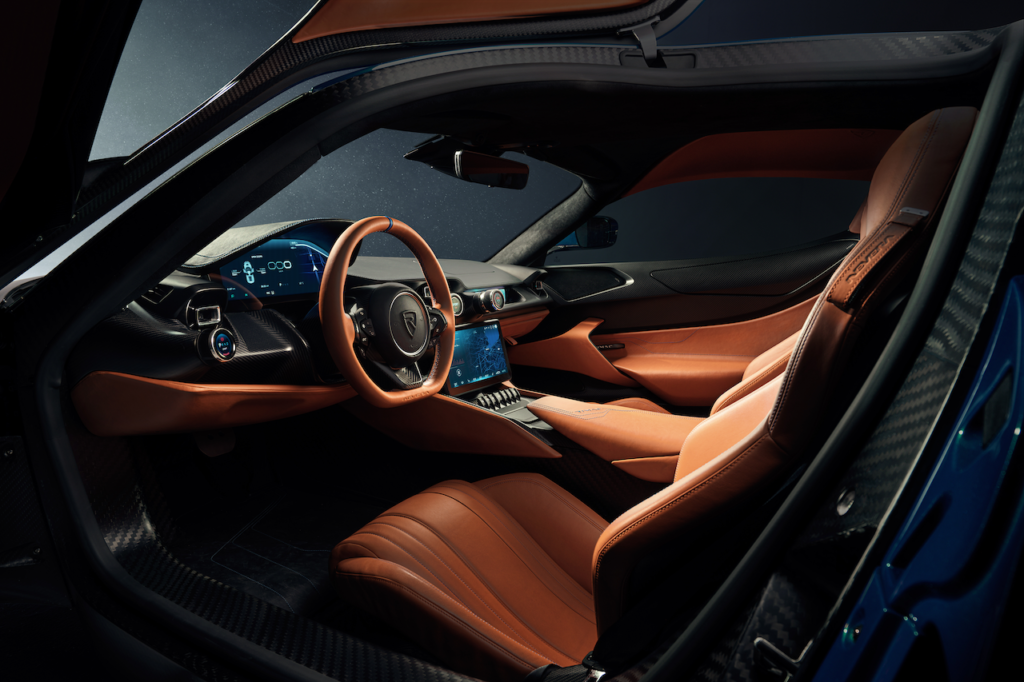
For the company’s first production model, Rimac followed a timeless form-follows-function mantra which has been applied to every detail, from the air diffusers and intakes, which deliver a 34 per cent improvement in aerodynamic efficiency over the early prototypes, to the profile of the bonnet, the shape of the pillars and the design of the diffusers, splitters and radiators, all of which have been intensively analysed and refined to improve airflow and downforce. In addition, inlets and cooling channels have been painstakingly developed to increase the cooling efficiency of both the brake and powertrain systems, resulting in a 30 per cent improvement at low speeds and a seven per cent enhancement at high speeds.
READ: The Hottest Destinations for Post-Covid Travel
Rimac has also created numerous new innovative active aerodynamic elements to elevate the Nevera’s cooling, performance, stability, and efficiency abilities. The front bonnet profile, underbody flap, rear diffuser and rear wing can each move independently, driven by complex algorithms that provided the optimum aerodynamic configuration for every driving situation. Switching from ‘high downforce’ to ‘low drag’ mode reduces aerodynamic drag by 17.5 per cent to create a 0.3 coefficient of drag. Changing back into ‘high downforce’ mode increases downforce by 326 per cent.
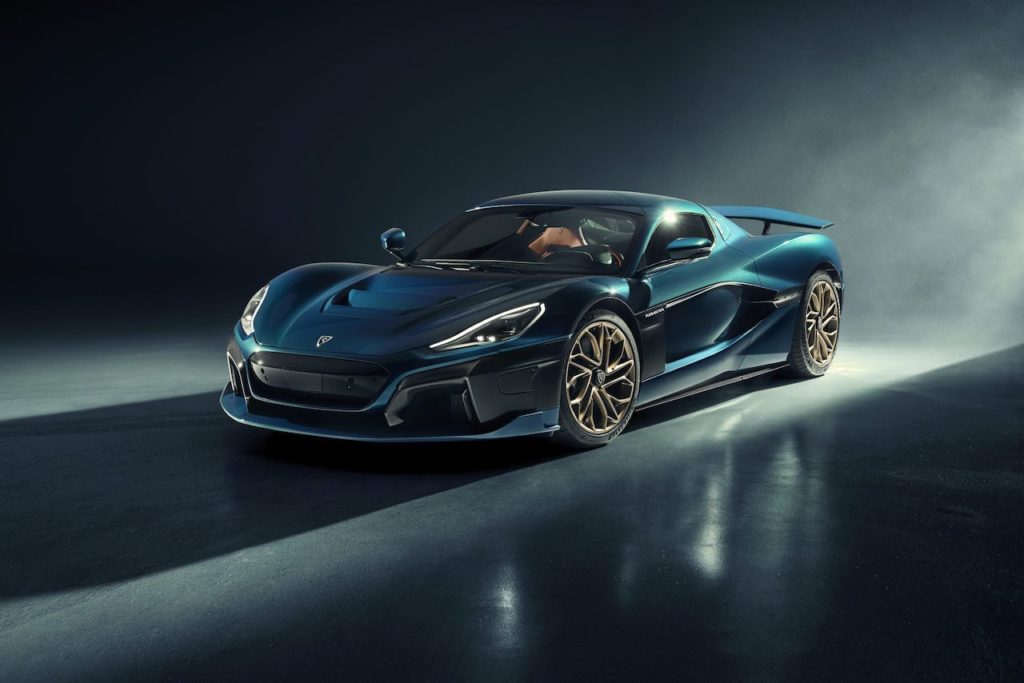
Despite incorporating a wealth of active aerodynamic elements, as well as many cameras and sensors that enable the Driver Coach feature, the Nevera’s body design remains a coherent graphic. It combines both the drama and beauty of a hypercar and appears simultaneously shaped by the air and forged with technology. The stunning butterfly doors elegantly carve away from the car’s wide sill as they open, creating a generous space for ease of entry and egress, while lightweight, forged alloy wheels feature a unique aerodynamic design that channels cooling air to the Brembo carbon-ceramic braking system and ensures smooth airflow down the car’s flanks.
READ: Tumi Creates ESports Collection
The key to the Nevera’s exceptional performance is Rimac’s pioneering electric powertrain, at the heart if which is the unique, H-shaped, liquid-cooled, 120kWh, 6960-cell battery. Capable of producing 1.4MW of power, the lithium/manganese/nickel battery also forms an integral part of the car’s core, adding 37 per cent structural stiffness to the model’s carbon fibre monocoque. The battery’s optimum positioning low and central within the car’s floor contributes to an ultra-low centre of gravity that helps create an excellent 48/52 front/rear weight distribution and the best possible handling balance.
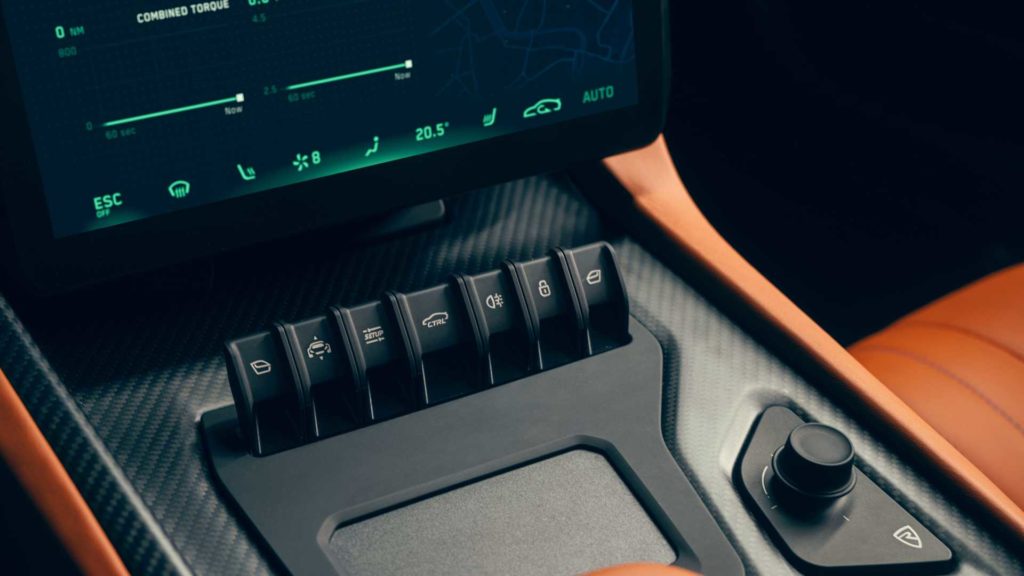
With the ability to sprint to 100km/hr in 1.85 seconds and continue the acceleration all the way to a 412 km/h top speed, the Nevera opens up a new dimension in hypercar performance. Accelerating from rest to 161 km/h requires just 4.3 seconds and it maintains its eye-widening acceleration throughout a full-throttle cycle, achieving 300 km/h from rest in 9.3 seconds, as well as a record-breaking 8.6 seconds quarter-mile time.
READ: Leica’s New Zoom Lens Begs You to Start Planning Travel
And to help you rein in all that power, Rimac has developed the world’s first AI (Artificial Intelligence) Driver Coach, which evaluates performance and provides guidance to optimise and enhance the driver’s on-track performance through the use of 12 ultrasonic sensors, 13 cameras, six radars, and the very latest NVIDIA Pegasus operating system.
Who needs to wait for the future?
For more Auto inspiration click here.
LIKE WHAT YOU SEE? FOLLOW ALPHA MEN ASIA ON FACEBOOK, OR INSTAGRAM AND SUBSCRIBE TO OUR HONG KONG-CENTRIC NEWSLETTER HERE

